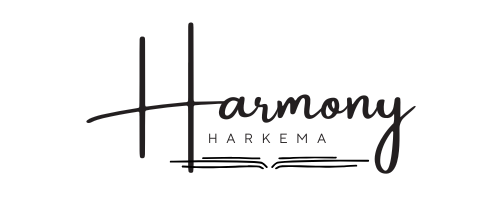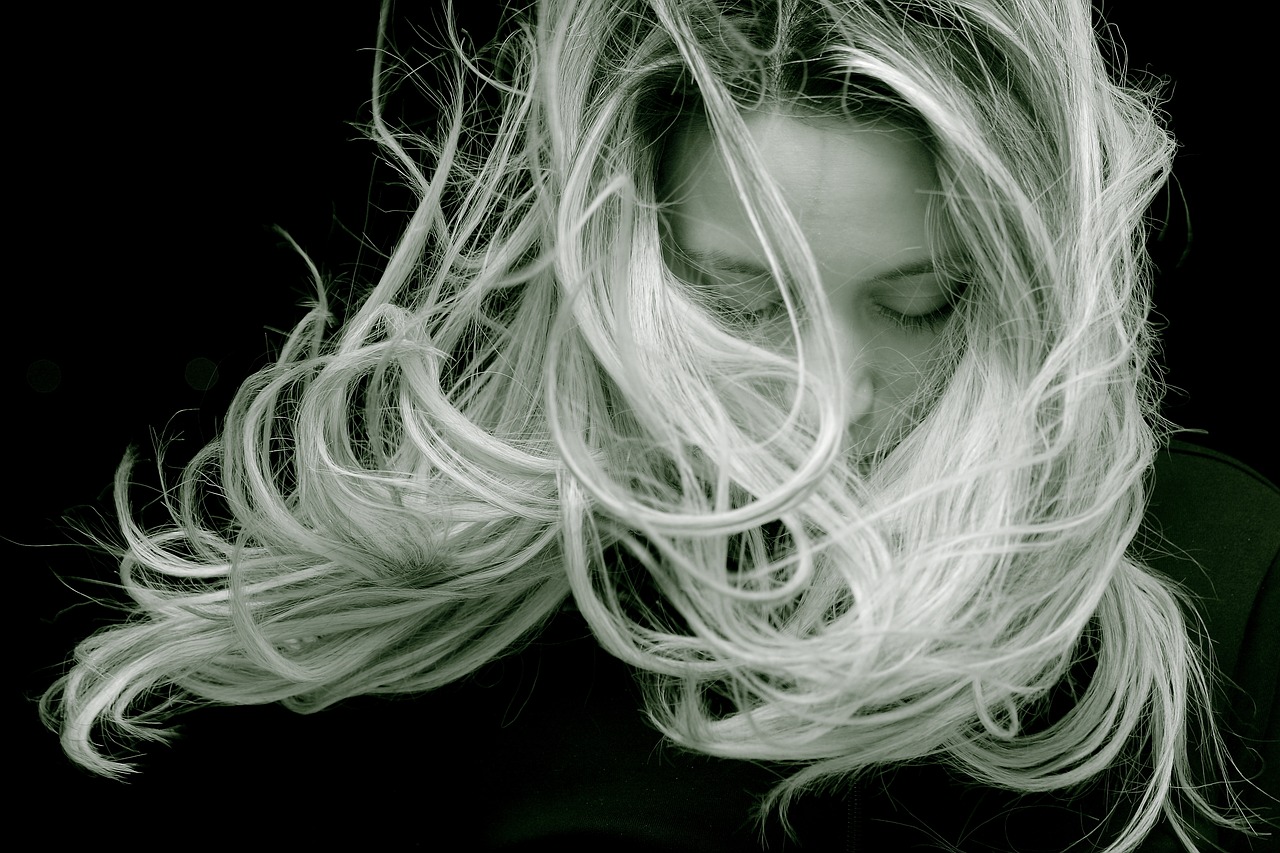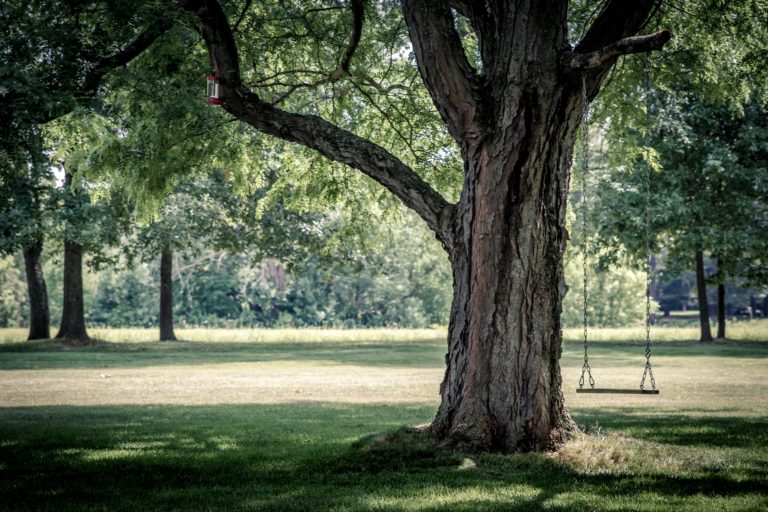Hair Training 101: You Can Train Your Hair
Last autumn, I embarked on an experiment in what’s commonly termed “hair training.” Essentially, hair training is the process of backing off on washing your hair until you can go several days without doing so, yet your hair doesn’t appear dirty or oily. The science behind this is pretty simple: when you wash your hair, especially with a sulfate-based shampoo, you strip the naturally occurring oils from your hair and scalp, prompting your scalp to produce more oil to replace the lost oil. It’s a cycle. The more frequently you strip your hair and scalp in this way, the more your scalp tries to compensate, and the more you have to wash your hair to keep it looking clean.
I grew up in the ’80s, the decade of perms, home highlighting treatments, teased and “ratted” bangs, and loads of heavy gel, mousse, and hairspray. I have thin, fine hair, so all of that perming and bleaching did my hair no great favors. In my late teens and early twenties, I cut my hair short, which meant I was blissfully free of the need to spend a lot of time styling it. But in my mid-twenties, I decided to grow out my hair again. The meant a return to daily blow-drying with a round brush and lots of product to add volume, which in turn meant shampooing daily. As I ventured into motherhood and the busy work-from-home life I have today, I often wished I didn’t have to deal with styling my hair every day. Twisting it up into a clip was my solution several days a week, but I still shampooed it every other day. The days I didn’t, it looked greasy and in need of washing.
In spite of my hair’s thin, fine texture, I decided to give hair training a shot. I watched some YouTube videos and read several articles and blog posts. Armed with advice from these sources, I purchased a few inexpensive products to try, and away I went. In October, I told my hairstylist what I was going to do, and I could tell that beneath her encouraging words, she was skeptical. Sure, women with thick, heavy hair can go several days without shampooing, but could I?
It took about six weeks to go through the process, and now I “wash” my hair roughly every 4-5 days. During my next trip to the salon, I could tell my hairstylist was impressed. She asked me to describe the process I landed on in detail, and now she shares my story with any client who expresses a desire to get out of the daily shampoo cycle. If I can do it, with my thin, fine hair, she said, anyone can.
I’m going to share with you some tips for getting started as well as my post-training routine and the products I use. Keep in mind that your hair is unique, though, and you’ll likely need to experiment a bit. Your final routine may very well look different from mine. But this should at least give you a starting point.
Supplies you’ll need:
- Invest in a cute baseball cap or hat if you don’t already own one. You’ll likely want something to cover your hair during the initial hair training process because you’re going to gradually stretch the amount of time you go between shampoos. A fabric headband and a few clips, ponytail holders, and/or barrettes may also come in handy, both during the training process and in the long run, for the last day or two of not shampooing.
- Get a shower cap to keep your hair dry on non-shampoo days. Amazon has many cute, inexpensive options.
- Pick up a couple of varieties of dry shampoo. These don’t need to be pricey. I use two different brands, Hask (I like the charcoal and chia seed varieties) and Batiste, and both are available in almost any grocery store, pharmacy, or Target.
- You’ll want three different products for cleansing: a normal, sulfate-based shampoo and conditioner to use monthly, a sulfate-free shampoo and conditioner to use every other wash, and a cleansing conditioner or “cowash” to use every other wash. I use salon-quality shampoos that vary in brand (I do like Living Proof as my sulfate-free shampoo), but I use an inexpensive cowash called As I Am Coconut Cowash, which is available at almost any grocery store, pharmacy, or Target.
- A scalp brush like these ones works wonders to loosen dirt, oil, and hair product from the scalp when you wash or rinse. They’re inexpensive and will make your shampoo routine more effective.
- A wide-toothed shower comb helps work cowash through your hair on cowash days, helping the cowash to cleanse as thoroughly as possible.
- Finally, you’ll want to use your normal styling tools and products, but you may also want some kind of hair iron if you don’t have one, for restyling days.
The training process:
Begin by simply not washing your hair. Pick a day, and let it be your last shampoo day until you can’t stand it. This is likely to be 2-3 days at first.
Before you go to bed, brush out your hair, then spray some dry shampoo on your roots and work it in. (I use the Hask dry shampoo at night.) It will absorb excess oils that are produced while you sleep.
In the morning, add a bit more dry shampoo to your roots and work through. (I use the Batiste dry shampoo in the morning.) If your hair looks and feels like it can be restyled, use your hairdryer on low and a round brush or a hair iron to reshape it. Add a bit of hairspray for hold. If it already feels too dirty/oily to restyle, put it up in a ponytail or clip. Add a headband or a cute barrette to draw attention away from the dirty factor.
Repeat this for as many days as you can bear to do so. If you can, wear a hat on the last day to stretch the time between washes one more day. The more you can extend these between-wash cycles, the sooner you’ll get to the place where your scalp stops overproducing oil.
When you do wash, use the sulfate-free shampoo and conditioner. Restyle as you normally would, and begin the cycle again. On the next wash, use the cowash instead of the sulfate-free shampoo. (Note: at first, you may not be able to go as long after the cowash before you absolutely need to shampoo again; don’t be discouraged by this. You’re doing your hair a favor by cowashing.)
Once a month (I always do this on the last wash of the month), use the sulfate shampoo to strip your hair and start over.
If you can get to the place where you’re comfortably washing your hair every 4-5 days or possibly more, I’d call that success. You can move to the ongoing routine.
The ongoing routine:
This is my regular routine. It may look complicated at first, but it’s a pretty simple repeat process. Remember, yours may look different in the end. You may be able to restyle for more days and go longer between washes. This is what your hair training process will ultimately show you: how long you can go between washes, how many days you can restyle, and so on.
- Day 1: Sulfate-free shampoo. Style as usual. Dry shampoo at bedtime.
- Day 2: Shower with cap on. Brush out well. Add a little dry shampoo and restyle. Dry shampoo at bedtime.
- Day 3: Shower with cap on. Brush out well. Add a little dry shampoo. Assess hair. Either restyle and choose a more confined hairstyle. My favorites: side ponytail or side braid. Dry shampoo at bedtime.
- Day 4: Shower with cap on. Brush out well. Add a little dry shampoo. Choose a more confined hairstyle. Dry shampoo at bedtime.
- Day 5: Shower with cap on. Brush out well. Add a little dry shampoo. Put hair up in a clip or bun. Dry shampoo at bedtime.
- Day 1: Cowash. Style as usual. Dry shampoo at bedtime.
- Repeat Days 2-5, then go back to Day 1. Alternate the sulfate-free shampoo and cowash every Day 1 until it’s time for a sulfate shampoo.
- Once a month: Sulfate shampoo. Style as usual. Dry shampoo at bedtime.
- Note: You can also do a warm water rinse and use the scalp brush in between washes if you want to. Simply add a little styling product after your shower and restyle as you normally would. If your hair doesn’t feel as clean as you’d like, add a little dry shampoo to your roots.
Tips and frequently asked questions:
- Keep the dry shampoo use light. It’s the product you’ll use the most, and it does build up over time. If your scalp gets itchy, and you itch and get white residue under your fingernails, you’re either using too much, or it’s time for your next wash cycle.
- If you work out and get a sweaty head, simply rinse your hair well with water in the shower. Use the scalp brush to loosen product. Add a little styling product after your shower and restyle as you normally would. If your hair doesn’t feel as clean as you’d like, add a little dry shampoo to your roots.
- If you swim and your hair has been in chlorinated water for an extended time, rinse well with water in the shower and restyle as described above, or cowash.
If you have questions, feel free to email me at [email protected]. I love this process–it’s such a time-saver and has really changed my mornings for the better! If you’ve been stuck in the shampoo cycle like I was and want to get out, I’ll be over here cheering you on. Let me know how it goes!



